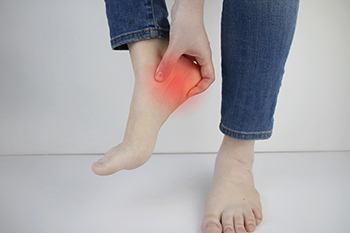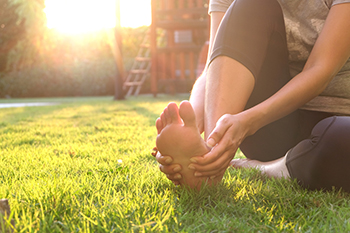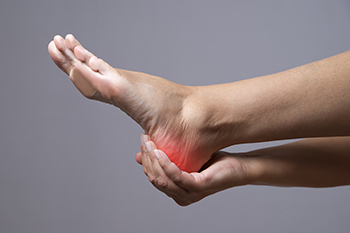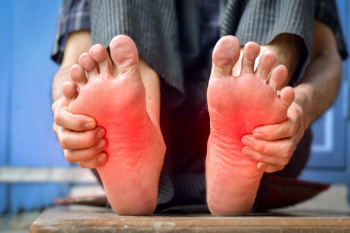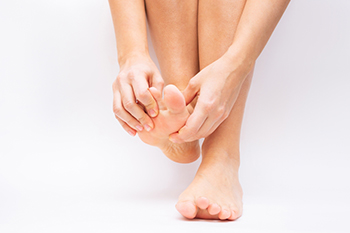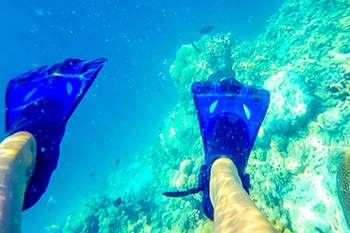
Swimming is an excellent low-impact exercise that can help improve a variety of foot conditions by reducing pressure on joints while promoting movement and circulation. Conditions such as Achilles tendonitis, bunions, metatarsalgia, and plantar fasciitis can benefit from swimming due to the gentle resistance and support water provides. The buoyancy helps relieve stress on the feet while strengthening surrounding muscles and improving flexibility. Swimming also enhances blood flow, which aids in reducing inflammation and supporting healing. A podiatrist can help determine if swimming is suitable for your specific condition and recommend complementary treatments or exercises. If you are managing chronic foot pain or recovering from injury, it is suggested that you consult a podiatrist to learn how swimming can become a valuable part of your treatment and rehabilitation plan.
Foot Pain
Foot pain can be extremely painful and debilitating. If you have a foot pain, consult with one of our doctors from Advanced Foot & Ankle Medical Center. Our doctors will assess your condition and provide you with quality foot and ankle treatment.
Causes
Foot pain is a very broad condition that could be caused by one or more ailments. The most common include:
- Bunions
- Hammertoes
- Plantar Fasciitis
- Bone Spurs
- Corns
- Tarsal Tunnel Syndrome
- Ingrown Toenails
- Arthritis (such as Gout, Rheumatoid, and Osteoarthritis)
- Flat Feet
- Injury (from stress fractures, broken toe, foot, ankle, Achilles tendon ruptures, and sprains)
- And more
Diagnosis
To figure out the cause of foot pain, podiatrists utilize several different methods. This can range from simple visual inspections and sensation tests to X-rays and MRI scans. Prior medical history, family medical history, and any recent physical traumatic events will all be taken into consideration for a proper diagnosis.
Treatment
Treatment depends upon the cause of the foot pain. Whether it is resting, staying off the foot, or having surgery; podiatrists have a number of treatment options available for foot pain.
If you have any questions, please feel free to contact our offices located in Agoura Hills, Simi Valley, Thousand Oaks Marin St., and Thousand Oaks Haaland Drive, CA . We offer the newest diagnostic and treatment technologies for all your foot care needs.


